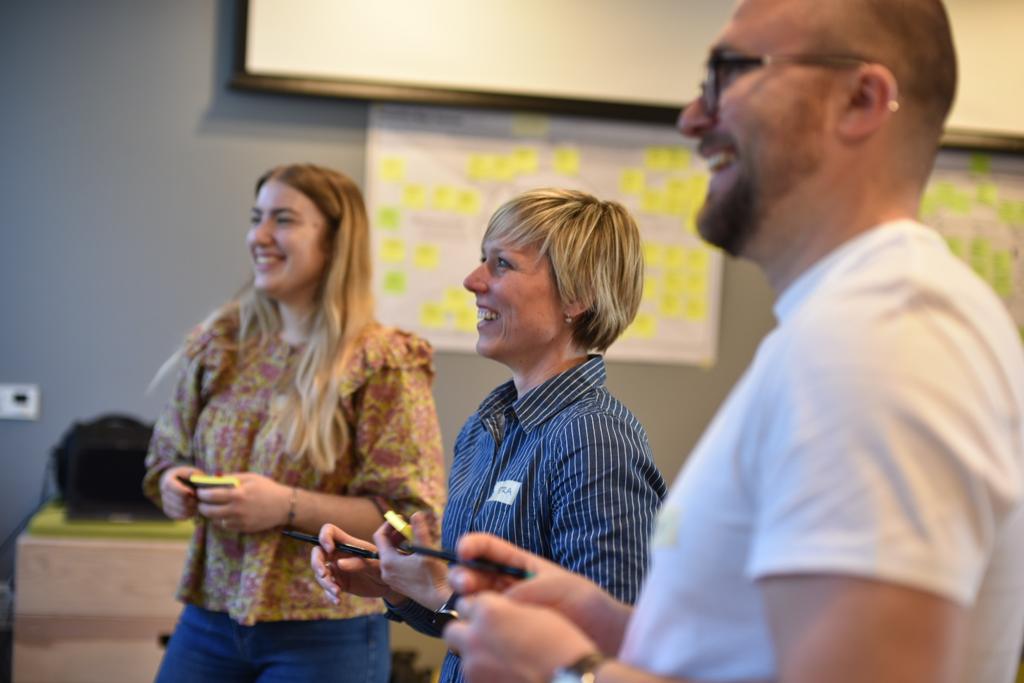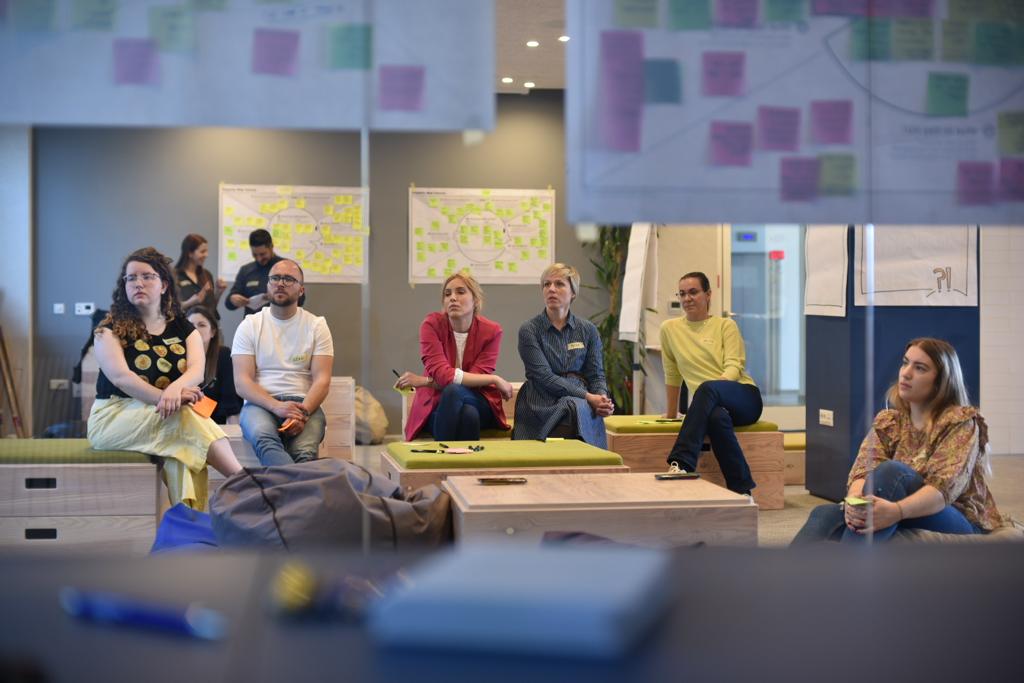We, at CROZ, love to share our knowledge, so when we have a chance, we love to use it for altruistic purposes like implementing socially helpful projects. Therefore, we decided to develop and donate a free software solution to help improve the daily work of Croatian associations. We wanted to contribute to the development and improvement of the wider community by developing an application solution. The application will be developed within the summer internship called Summer Accelerator, where many students begin their IT careers and continue their journey with CROZ. [1]
To achieve a common solution for a greater number of associations, we tackled product management. So, what is product management exactly? One can simply define it as a job of looking after a specific product within a business. It is discovering what that product should be, who is it for, how it should work, and what it should look like. Basically, it entails discovering what is needed to be built, developing strategy, and then when the product is built – making sure it is visible to the outside world.
How did we start discovering the right product?
Firstly, we introduced the Discovery technique which guided us towards the right product, that is, discovering the needs of our customers. Steve Jobs once said: “People don’t know what they want until you show it to them.” He said that our job is to figure out what they’re going to want before they do. [2] Therefore, we tried to determine our customers’ needs before showing them what we will develop.
What techniques did we use?
The first step was interviews with our customers. Interviews often go through specific key points: introductions lead to warm-up questions, which lead to questions about the topic, activities, etc. That is how we found out what our key customers need for their association, from the most common questions like what their day is like, to questions about their everyday struggles. As a result, interviews looked like casual conversations rather than formal ones, which made the other side relaxed and open. At the end of this phase, we had our customer’s profiles, their needs, and their struggles.

We needed to identify key people in the process, so the next step was creating personas. People who make software should care about the people who will use it. [3] So, everything we learned from our interviews was used in creating personas. There are a lot of templates for creating personas, but whichever is used, it is useful to sketch and put sticky notes all over the template to fill in all information we had at our disposal.
The third step was the creation of an empathy map. An empathy map is a collaborative visualization that articulates what we know about a particular type of our customer. It creates a shared understanding of customer behaviors, wants, and needs. [4] Empathy map templates can also be different depending on needs and preferences. It mainly contains the customer’s thoughts, feelings, and actions. It is also good to include pains and gains where we can learn about obstacles the customer is facing and goals that he or she hopes to accomplish. [5]

Lastly, we organized a workshop with our customers choosing a technique Customer journey map. A customer journey map is understanding and optimizing the customer experience. It is a visual story of your user’s interactions with your application. [6] With its help, we confirmed customers’ pains in the process and brainstormed ideas that improved the current process.
What still needed to be done was to prioritize the most important functionalities which bring the most value to the product and create a list of those for our Summer Accelerator. We did that using the user story mapping technique, which is a simple, collaborative exercise that helps us to visualize large functionalities and determine what goes into the first version of the product – MVP. [7]
What did we get with all these techniques?
All the mentioned techniques have helped us recognize what our target customers need and what will bring the most value. We discovered what their sore spots are, and their main needs and therefore we knew what we needed to focus on. In other words, we are more confident that we found the right product.
Falls Sie Fragen haben, sind wir nur einen Klick entfernt.
